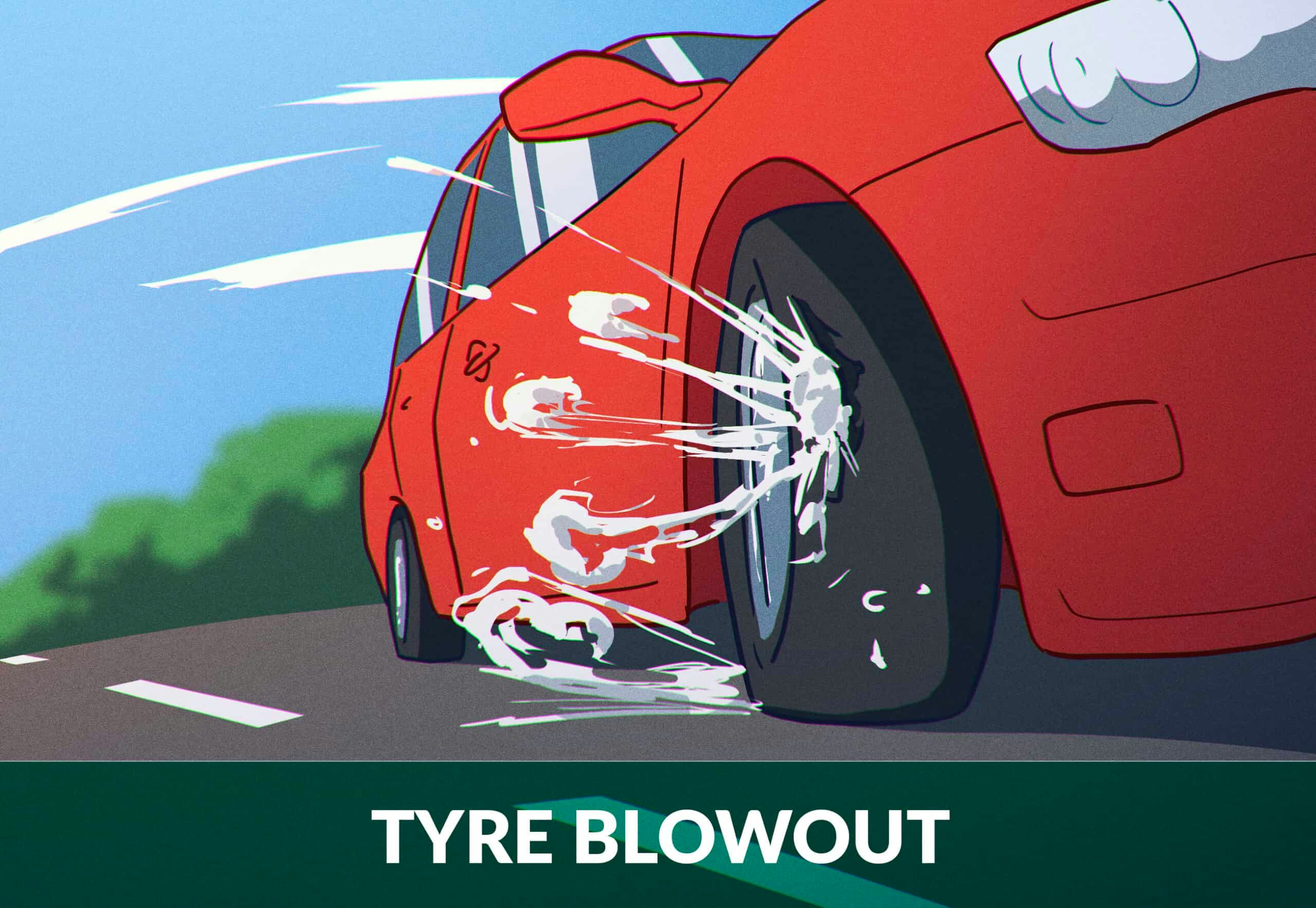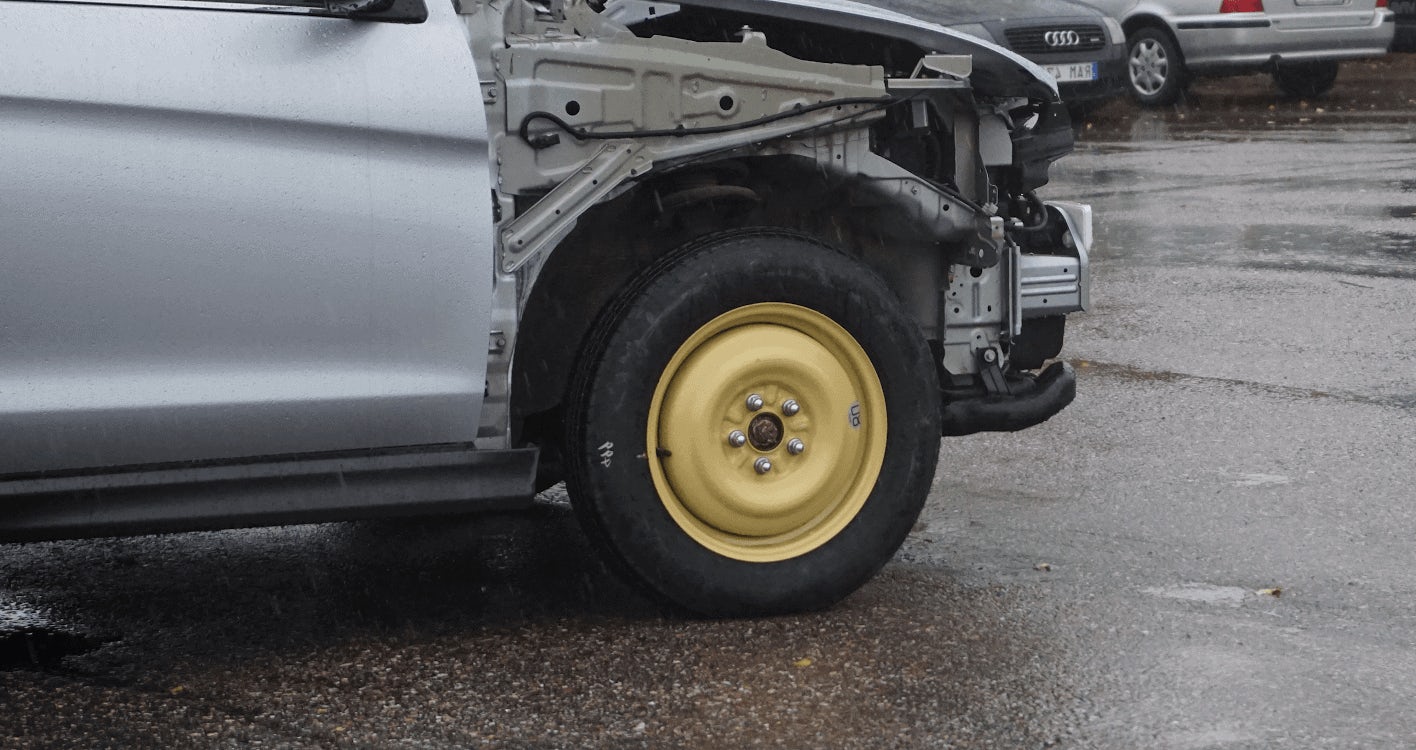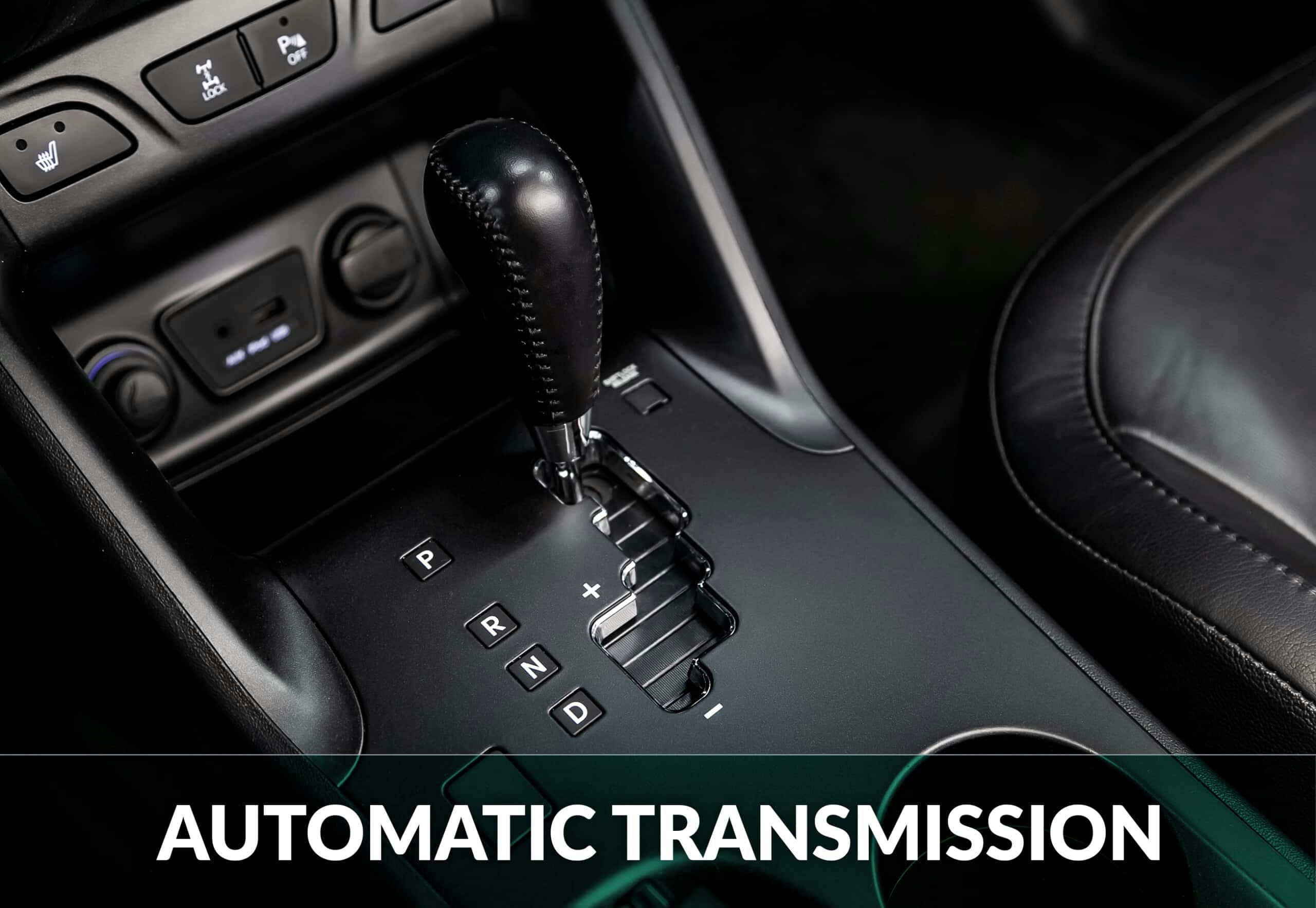
How to Handle a Tyre Blowout and a Flat Tyre: Step-by-Step Guide
Getting a tyre blowout or flat tyre while driving can be highly dangerous and very scary. When a tyre blows, it will cause a large POP and instantly affect your steering and control over the vehicle. Tyre-related issues are a huge problem for riders in all countries, and it’s no exception here in Australia. Across Australia, millions of drivers are at risk of getting a flat tyre each year because of poorly maintained or underinflated tyres.
It’s impossible to practice and become “good” at dealing with tyre blowouts, but the difference between handling a blowout the correct way and the incorrect way may be the difference between life and death.
We’ll go through the DO’s and DON’Ts of handling a tyre blowout or flat tyre below.
How To Handle A Tyre Blowout – 6 Steps
Step #1 – Take a deep breath
The first step is to take a deep breath. This is simply to give you a second to think about what to do and prevent you from making a mistake that will undoubtedly cause you to lose control of your vehicle. Don’t hit the brake pedal, don’t steer to the sides, and don’t release your foot from the gas pedal. All of those actions may cause your vehicle to spiral out of control.
So first take a deep breath. Then follow the steps below.
Step #2 – Grip your steering wheel tight
To keep your steering wheel from quickly turning, you need to grip it tightly. The priority after a tyre burst is to focus on controlling your vehicle until you can safely stop. Due to one of your tyres no longer working, your steering may no longer be smooth and your steering wheel may turn sharply in one direction or the other without warning.
Step #3 – Steer straight
So which direction should you steer during a tyre blowout? To the side of the road? Straight?
The only correct answer is: straight ahead. Your vehicle is unstable and you may lose control over it at any moment. If you steer to the side of the road, you don’t know how your car will react. Instead, you should maintain control over your vehicle and steer straight. Make as few moves to the sides as possible!
If your steer tyre has blown, the car may pull to that side. For example; if you experience a blowout in one of your front tyres, the car will pull in the direction of the deflated tyre. In such a case, do not pull sharply to the opposing side. Instead, gently try to counter the pull so you can maintain a straight-forward course.
Step #4 – Release the gas pedal
You should have a firm grip on the steering wheel and steer straight before releasing the gas pedal. The reason being is that it is easier to control your vehicle when the vehicle maintains speed than it is when you are decelerating or braking.
However, as you need to come to a stop as soon as safe, you need to let go of the accelerator at some point in time. By releasing the gas pedal when you have established control over your vehicle, you’ll give yourself the best chance to stay on the road. Just be warned: once you release the gas pedal, your vehicle may prove to be significantly harder to control.
Step #5 – Brake gently
After taking your foot off the gas, your car will begin to slow down. To further help it slow down gradually, you can begin braking gently. Don’t brake hard – gentle braking is the way to do it.
Also, do not brake before you have the car under control! Braking too early or too hard can cause you to lose control entirely as the braking force will no longer be uniform across all the wheels (due to one tyre having blown…).
Step #6 – Pull off the road
As your vehicle slows down, pull completely off the road. The further away from traffic you move, the safer you will be (specially if you intend to change the wheel yourself).

If you have a spare tyre, you can change the wheel. Just remember that a spare tyre is only intended to get you to the nearest mechanic.
How To Prevent A Tyre Blowout
While it’s important to know how to handle a tyre blowout or flat tyre, it’s just as important to prevent a blowout from happening in the first place. In almost every case, a blowout is the result of carelessness and tyres in a poor condition.
Remember these 4 tips and you should be good:
- Ensure your tyres are in good condition without excessive wear, sidewall damage, or bulges
- Tyre tread depth should be at least 1.5mm
- Maintain the recommended tyre pressure for your specific tyres
- Be alert for unusual vibration or steering problems, such as one wheel not responding correctly, as those serve as an early alarm clock

550+ exam-like questions
All you need to ace your test
Free trial
Recommended articles
Ace your learners test, guaranteed
Want to Be the Top School in Your Area?
- Simple & automated admin
- More time for teaching
- #1 learning materials for students


